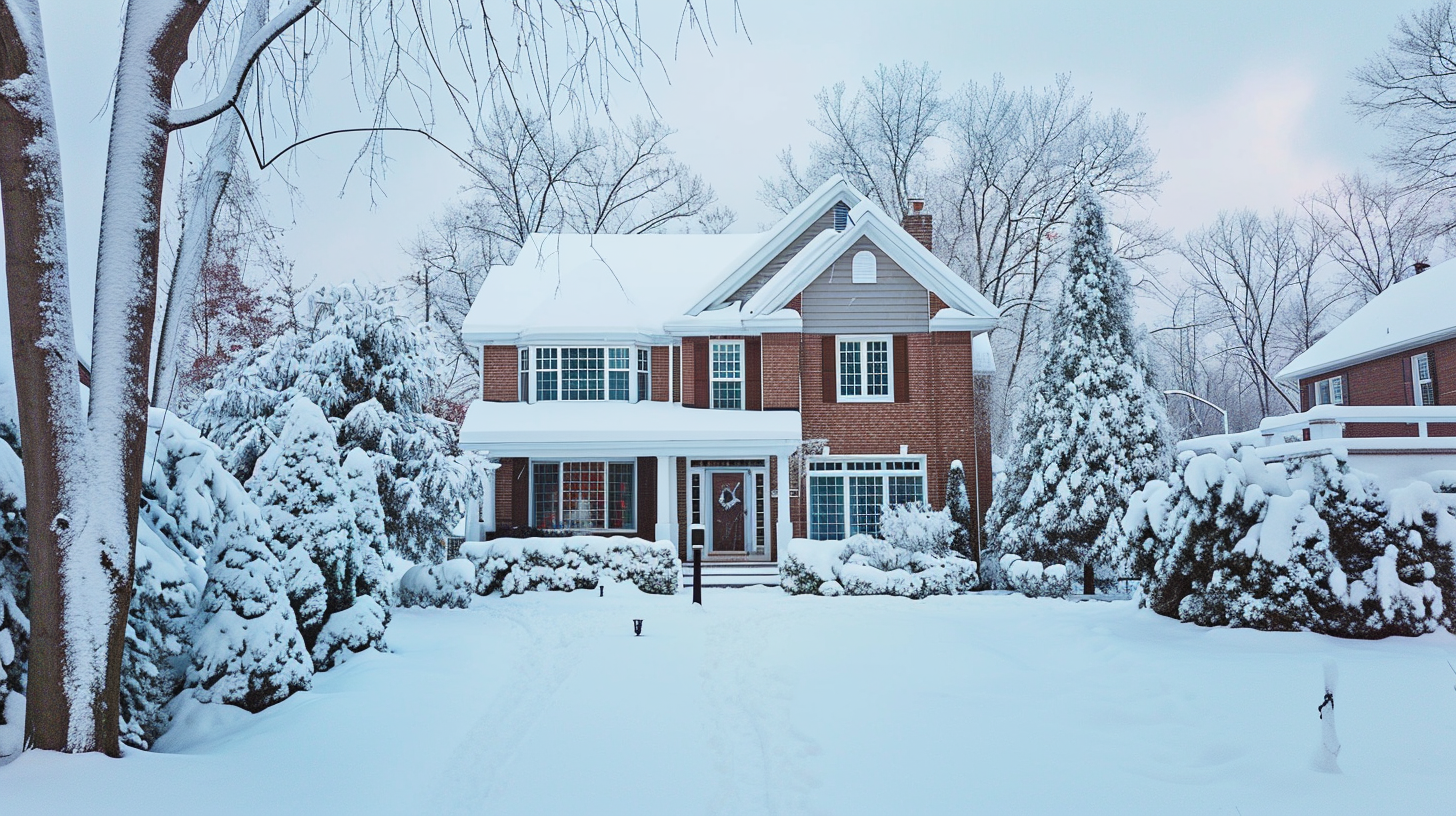As the weather forecast calls for an extended period of frigid temperatures, it’s essential to take some steps to prepare your home. Preparing your home for the cold will help keep your pipes from freezing, allow your heating system to work efficiently, and ensure your home stays warm and comfortable during the cold snap.
Insulate Pipes and Water Lines
One of the biggest concerns during below-freezing weather is the potential for pipes to freeze. Begin by locating all the water supply lines and pipes in areas that tend to be colder or drafty, such as the attic, garage, basement, and exterior walls. Wrap these pipes with specially designed foam, fiberglass, or rubber insulation. This will help regulate the temperature and reduce the chance of freezing. Be sure there are no gaps in the insulation where cold air could still reach the pipes.
Seal Off Drafts
Another way to prep your home is by sealing cracks, gaps, or openings that allow cold air to penetrate the indoors. Carefully walk around the interior and exterior of your home, using caulk and weatherstripping to seal drafty windows and doors. Look for gaps along the foundation, around pipes and vents, at joints in construction materials, and where the walls meet the roofline. Sealing these up will make your heating system more efficient.
Service Your Heating System
Schedule a servicing of your home’s heating system before winter sets in. Technicians can inspect the system, clean and adjust components, ensure no carbon monoxide leaks, and confirm it is in good working order for peak cold weather demands. This tune-up will allow your heating system to function reliably and keep your house warm. It can also improve efficiency, resulting in lower energy costs.
Prepare Backup Heating Sources
Even those with robust central heating systems may want a backup heating source ready, just in case. Portable space heaters can provide ample warmth to your room and don’t require venting or installation like more permanent heaters. Have extra fuel or batteries on hand, depending on the type. Just take safety precautions, like keeping the units away from flammable materials and not leaving them unattended.
Insulate Your Home
Beyond just sealing up cracks and gaps, adding insulation in attics, exterior walls, and crawl spaces can lead to improved energy efficiency and indoor comfort. While this may be a more extensive, long-term home upgrade, the payoff can be substantial during frigid winters. Consult with local insulation professionals to determine if added insulation would be beneficial and feasible for your residence.
Prepare Indoor Safety Measures
Some easy indoor preparations beyond heating and sealing can lend added winter safety. Ensure all smoke and carbon monoxide detectors have fresh batteries—place fire extinguishers in central locations on each level of the home. Create an emergency preparedness kit with flashlights, batteries, first aid items, and non-perishable foods. Stay aware of winter weather reports in your area in case alerts are issued.
Staying Warm and Safe
Preparing well in advance for extreme cold gives you the best chance of staying comfortable and avoiding potential property damage or costly repairs. Take the necessary steps to insulate, seal, and service heating systems, identify backup plans, and arrange for adequate indoor safety measures. With your home ready for winter’s worst, you can hunker until warmer weather returns.


